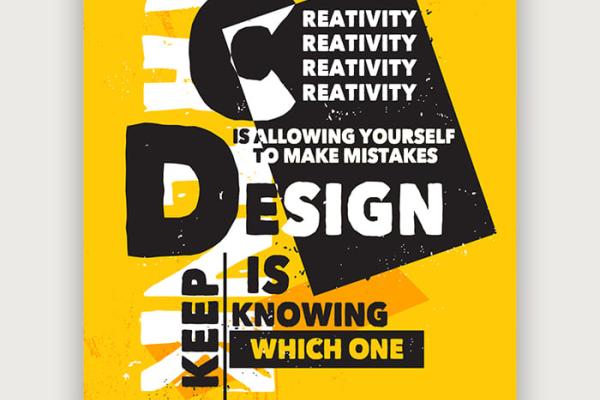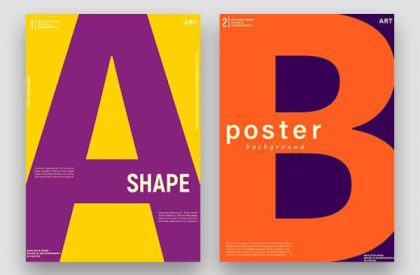How is Android better than iOS?

There is no denying that Android is a great platform. According to data recently shared by Gartner, Android is still much more popular. This operating system accounted for 85.9% of the mobile market share last year. Although iOS had a year with many new users, the above number probably won’t change much.
1. Diverse choices
There are many Android devices to suit all user needs. From a series of famous brands such as Samsung, HTC, Sony, Motorola, LG, Huawei, ZTE… you can find a compact smartphone, large screen, virtual pen like Samsung Galaxy Note 8, or curved screen like Samsung Galaxy S7 Edge, …
Android mobile also meets different personal needs, and high-end smartphones always have configurations at the limit. At the same time, users find many features that are not available on Apple devices, such as microSD memory cards or removable batteries.
Of course, many manufacturers have dropped these features, but many others have kept them.
The same story is happening in the tablet market, from the Pixel C to the Nexus 9, to tablets from Xiaomi, Honor, or Samsung’s Note series.
The freedom of Android has brought a huge number of devices, blurring the line between phones and tablets. Compared to the iPhone and iPad system, Android devices are a hundred times more abundant.
Of course, Apple has more size options, but that seems to be the only effort. The iPhone 6S and 6S Plus are almost identical in every feature except the screen and resolution. The same can be applied to the iPad.
2. Widgets
Android widgets have long been a success indicator, even Microsoft saw the great power of this detail and developed the Live Tiles system for Windows Phone. Widgets are still a big advantage for Android over iOS, allowing you to see all the necessary information without opening the app.
Apple also introduced widgets last September. However, they still have a long way to go to catch up with Android.
3. Price for everyone
This comes with the abundance of devices. Many products with different designs and configurations spread across different price points aimed at different customers. That is in stark contrast to Apple’s arbitrary criteria, anyone can buy an affordable Android device. With the current market, a well-rounded Android device that performs well can be found in most price segments.
This statement is likely to be even more true in 2016 with a series of affordable products such as Moto G, Honor 5X, BLU, OnePlus X or OnePlus 2, and even cheaper products such as Moto X Pure Edition or Nexus 5. On the contrary, iPhone and iPad are quite expensive, while for only 150-300 USD, users can find an Android device that provides an experience close to high-end products, ignoring certain features.
Price is a key advantage for Android’s dominance in the world. Besides high-end products competing with iPhone and iPad, Android seems to be the only platform in “mid-range” products.
4. Customization
High customization has always been Android’s strength. While Apple always wants to control all default applications to maintain the experience between hardware and software, Android allows you to freely control your device. It seems like you can change everything on an Android device, from the wallpaper, to the keyboard, to the entire ROM.
Many people think that only advanced users are interested in these customizations, but in fact, a lot of iOS users still seem to enjoy the fact that the iPhone can change the keyboard and basic widgets, and that is proof that flexibility is something everyone wants.
Some manufacturers even allow hardware customization. Motorola has the Moto Maker program, LG has







